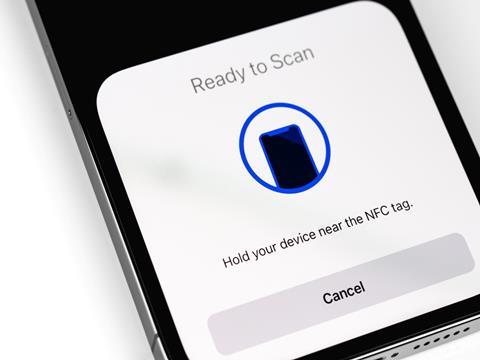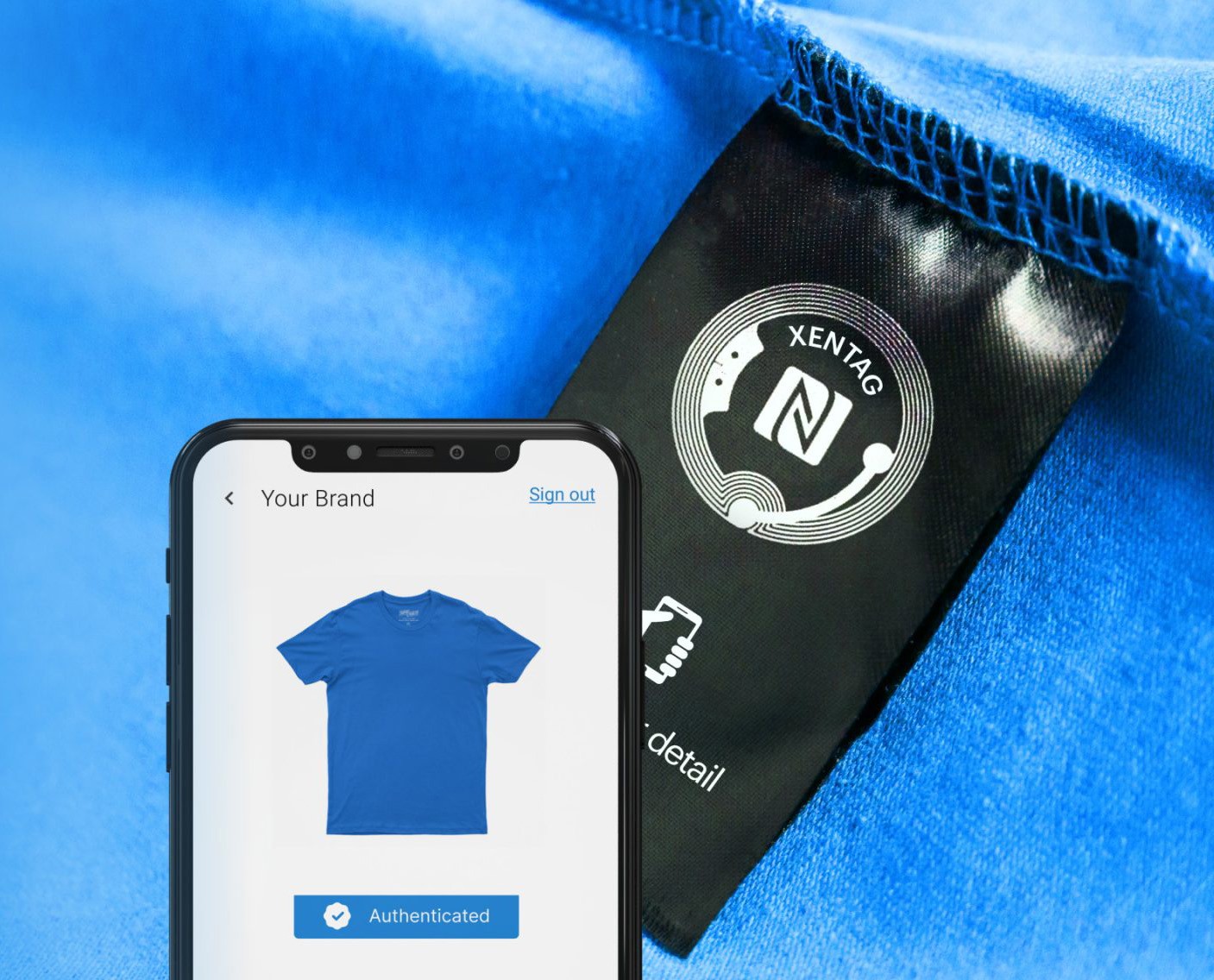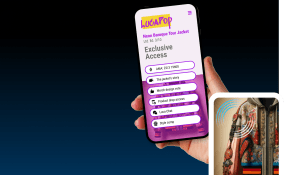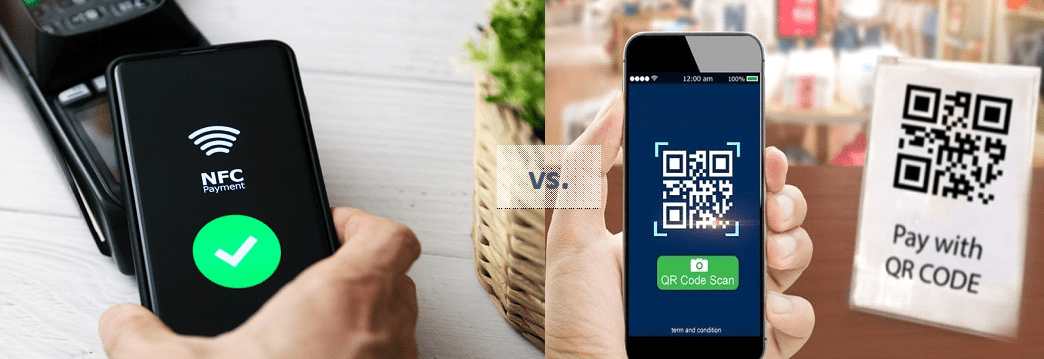When it comes to your products’ authenticity, security, and tracking needs, you may find yourself asking whether or not QR codes or NFC tags might help.
While both are effective technologies for businesses to use, they each have their own unique characteristics that should be taken into consideration before you invest in the technology.
QR Codes
Quick Response (QR) codes are a type of machine-readable barcode designed to relay information, such as URLs, to a device. They are typically square and contain an array of black and white squares or dots that form a pattern unique to the item to which they’re attached.
QR codes are different from conventional barcodes in that they store information both horizontally and vertically. This enables them to hold over one hundred times more information than traditional barcodes; one of the main reasons they’ve gained in popularity.
How They Work
When scanned, the device reads the pattern and sends it to a database where the information associated with that particular code is stored. From there, the device pulls up the associated information and displays it to the user.
NFC Tags
NFC stands for Near Field Communication. This is also a contactless communication technology that enables two devices to exchange data when in close proximity. The encoded tags use radio frequency waves to transmit data, and require no physical contact between the transmitting and receiving devices.
How It Works
When two NFC-enabled devices are placed in close proximity, the receiving device wirelessly collects data from the transmitting device, even if it is not currently in active use. The receiver then reacts to the transmitted data, either displaying information or initiating actions based on what was exchanged.
Comparing the Two
While both QR codes and NFC tags offer advantages when it comes to gathering and sharing information, there are some key differences to note between the two.
QR codes are extremely easy to duplicate, store, forward and copy. On the other hand information encoded in the NFC tag needs a NFC reader to access the information.
For most NFC tags, information access and retrieval is comparable to QR codes. However, secure NFC tags as used and developed by XenTag are impossible to clone, duplicate and share. This makes secure NFC tags very useful for tagging non-fungible assets.
Which Technology is Better for Your Products?
QR codes are best used for basic product information. If you want to protect your brand, deter counterfeits, ensure authentication, track the provenance of your products and provide a host of engagement features to your users, then secure NFC tags are the optimal solution.
Secure NFCs make each of your products uniquely identifiable (or ‘non-fungible’). This feature allows products to be owned, registered and exchanged, as each one is tracked or differentiated uniquely.
Cost
Both QR codes and NFC tags have varying costs associated with them that may impact your purchasing decision. QR codes typically involve a one-time setup cost; depending on the size of your project, you may need to purchase a QR code generator.
On the other hand, NFC tags require an initial investment to purchase the tags, but once acquired they often have a longer lifespan (from 50 to 200 years) and can be reused multiple times.
Accessibility
QR codes are more accessible than NFC tags, as they can be read with any device that has a camera and a QR scanner. NFC tags, however, require an NFC-enabled device to read them.
This may limit their accessibility in certain situations where users may not have access to an NFC-enabled device. However, most current smartphones come with a standard NFC reader, as both Google Pay and Apple Pay both use this technology
Production
QR codes can be printed on any surface and in a variety of sizes and colours, while NFC tags require specialized printing equipment to produce. Additionally, the cost of NFC tags can add up quickly if you require a large quantity.
Security
NFC tags are more secure than QR codes as they can be secured with a password or encryption, providing additional layers of protection from unauthorized access.
QR codes are not secure and can be copied, stored and re-transmitted. Secure NFC tags are almost impossible to hack as they use an onboard cipher chip and use AES and/or public key cryptography
Ease of Use
Both QR codes and NFC tags have their advantages and disadvantages, depending on what you are looking to achieve. Evaluating factors such as cost, accessibility, production, security, and ease of use can help you decide which technology is right for your needs.





















